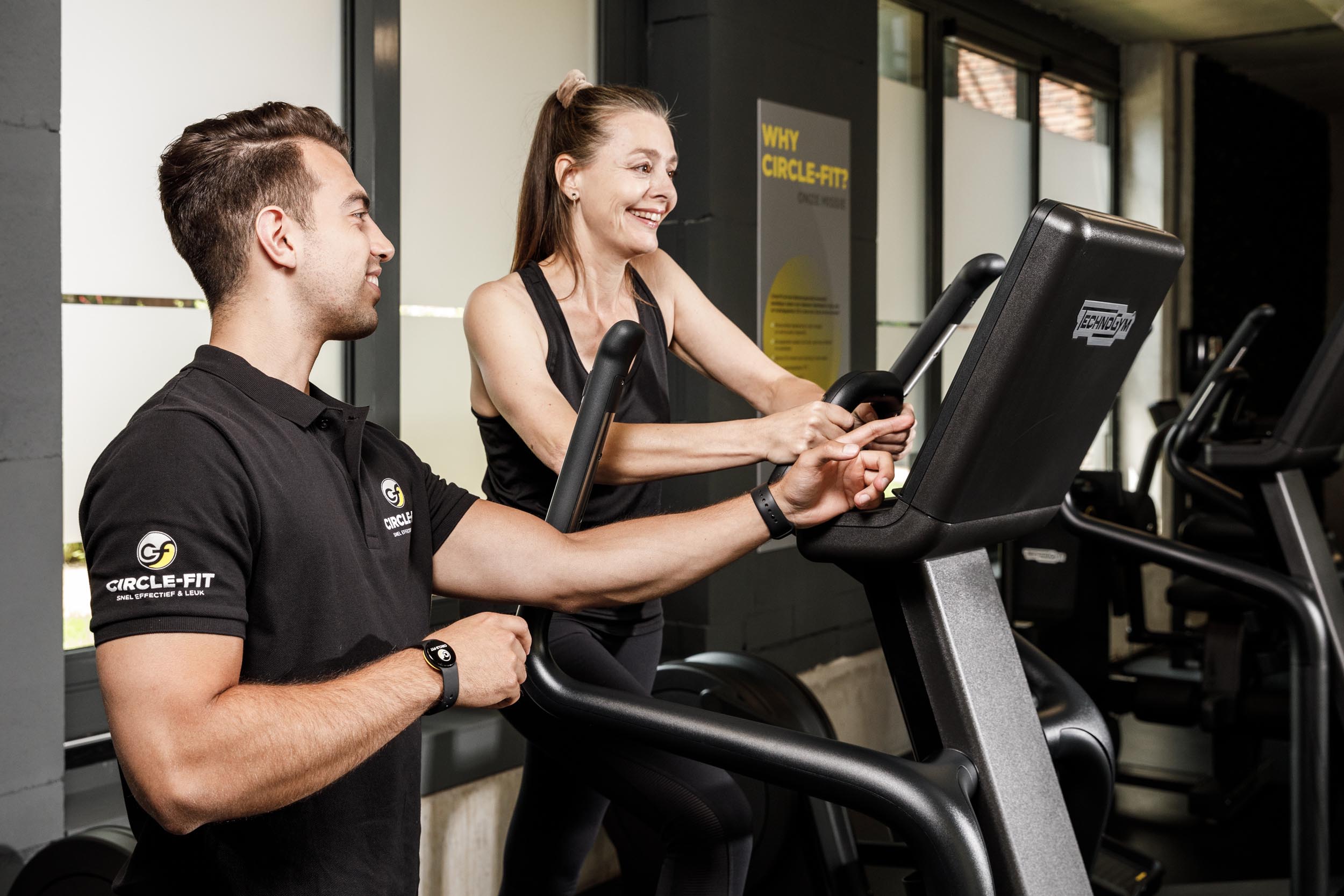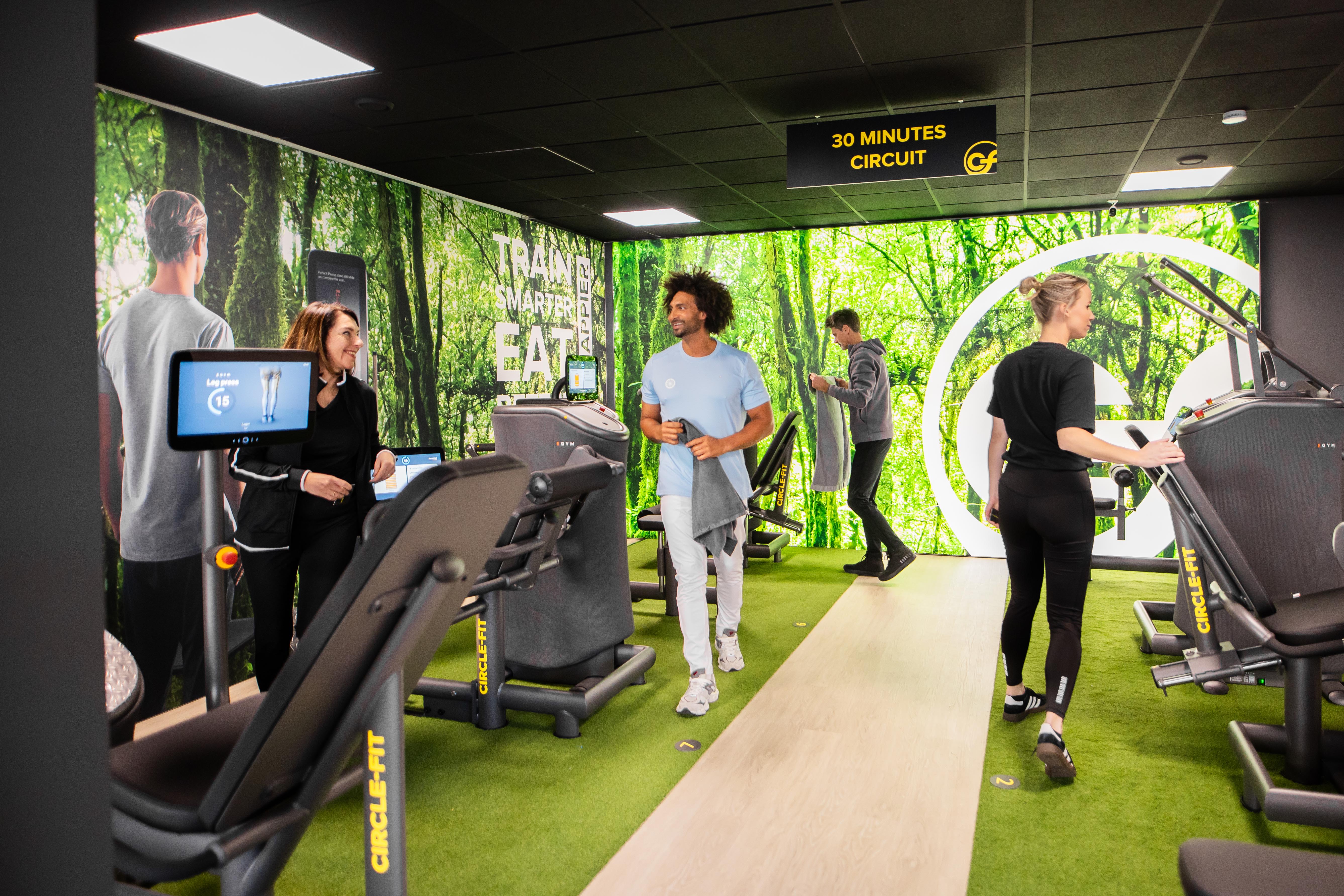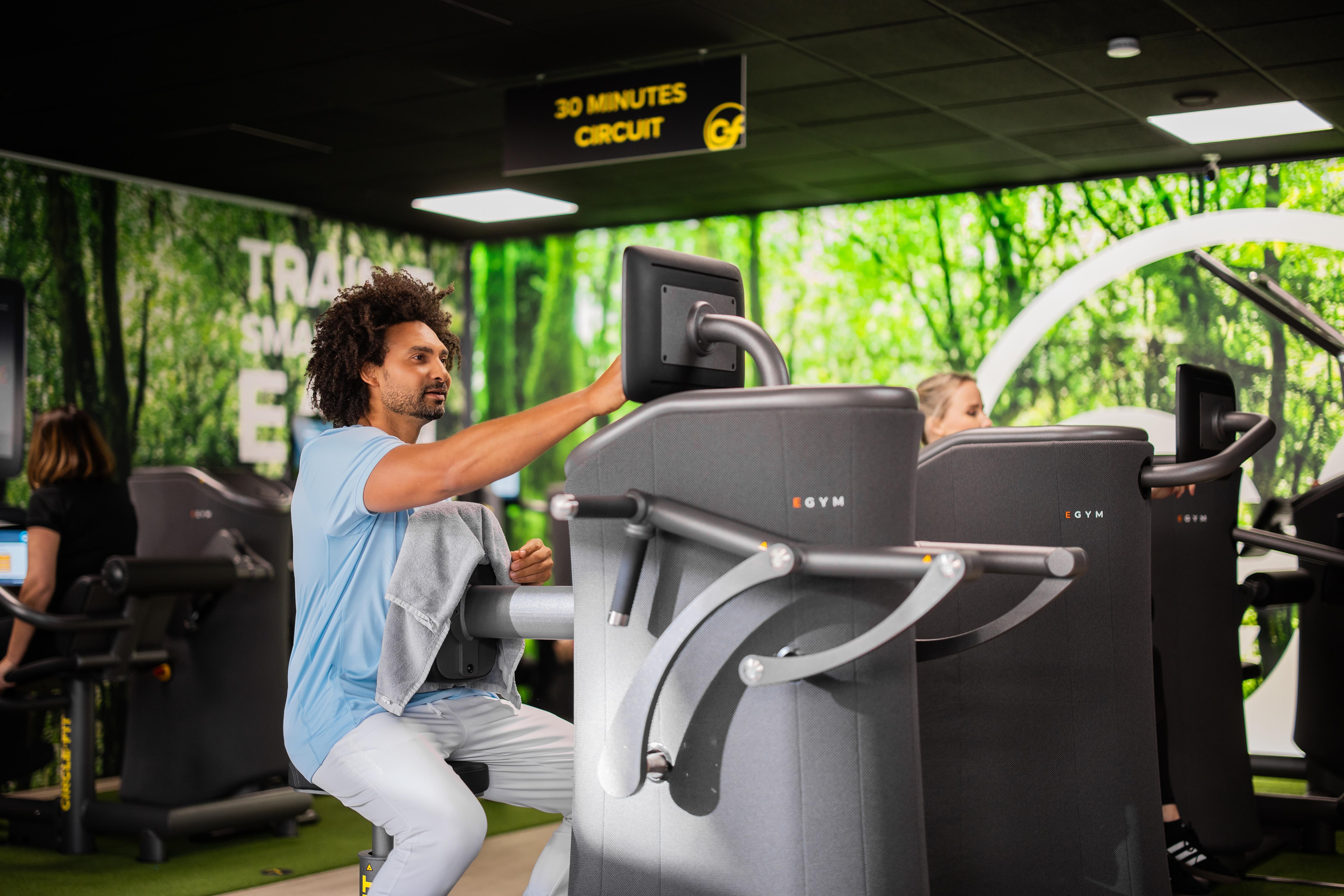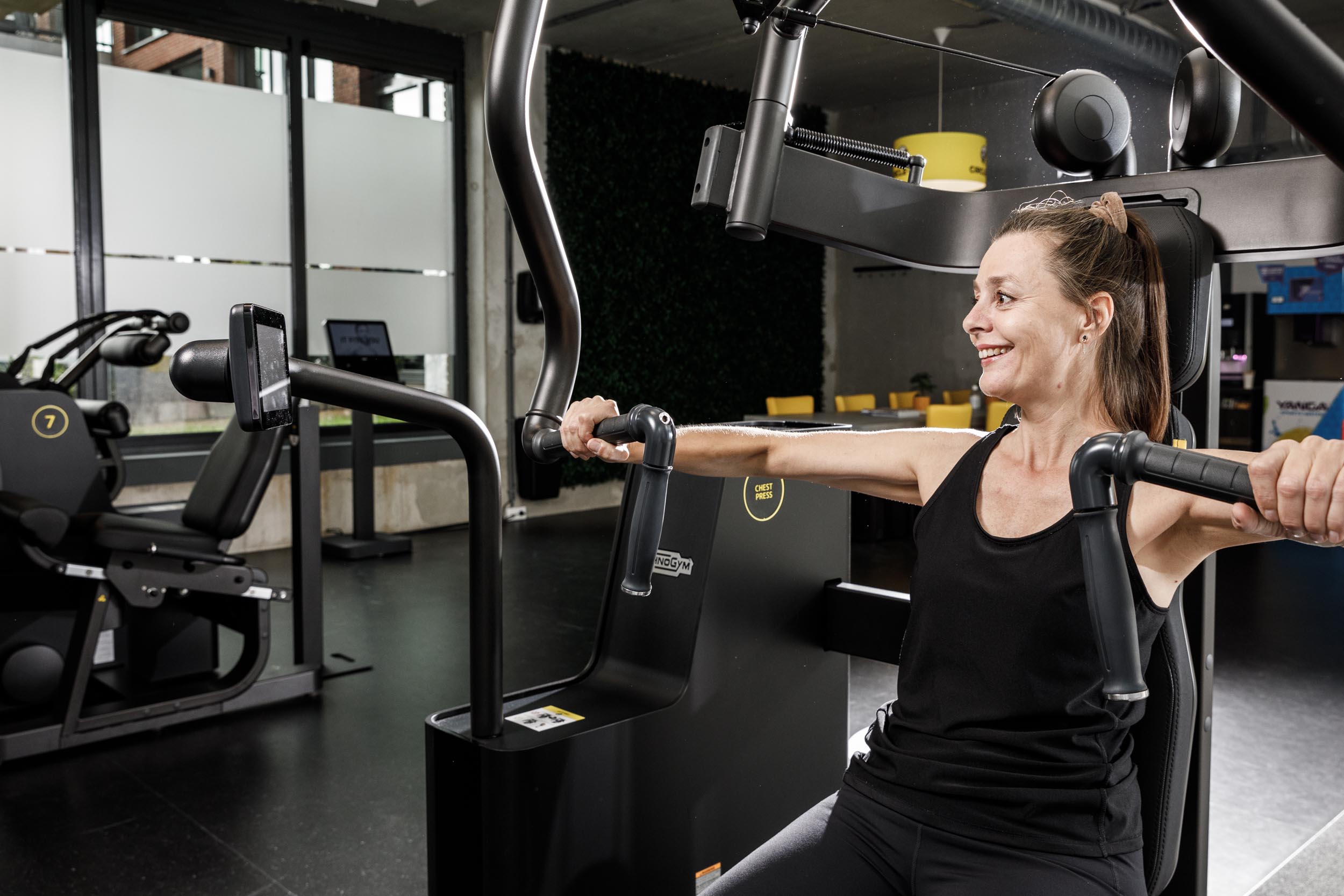
Jul 1, 2024
Pregnant and exercising; what is allowed and what is not?
Your body transforms during pregnancy. This is a beautiful process. You are on a pink cloud, picking out baby clothes, and fantasizing about the nursery. But often, a pregnancy does not go without challenges. From daily intense workouts, you realize that it can be quite difficult to keep this up. Hormones, fluctuations in energy, and the growing belly play an important role in this. Many women also worry about how good exercising during pregnancy is for the baby. So how does this really work?
Exercising During Pregnancy
Are you worried that exercising during pregnancy is bad for your baby? Let us reassure you right away. Moving and exercising during pregnancy, as long as you do it responsibly, is not harmful. We even recommend it. Just be aware that not all sports are suitable during pregnancy. Always listen carefully to your body. In case of doubt, consult your gynecologist, midwife, or family doctor.
But which sports are actually good to continue doing? The following sports have a positive effect on some women, not just making pregnancy and childbirth easier. Recovery also goes more smoothly.
Train all muscle groups with circuit training
During pregnancy and childbirth, you put different muscle groups under strain. It can work to your advantage to train these during pregnancy. Did you know that with circuit training, you can tackle all muscle groups in just 30 minutes? Ideal to combine with grocery shopping or an appointment with your midwife. By not training for too long, at a level suited to your body, you ensure that you train without injury and do not overstrain.
Pump up those bicycle tires
Besides circuit training, cycling is always a good idea. The fresh air combined with the movement not only makes you fitter, but it is also calming. Is it a sunny day? Then definitely leave the car behind. You don’t have to cycle a marathon. It’s all about the movement.
Stretch those legs
Walking has many advantages for your health. Did you know that walking for half an hour daily is good for your heart, lungs, muscles, and even your bones? It also lowers your cholesterol levels and contributes to lower blood pressure. This is not only good for you, but also for the baby.
A few practical tips during exercising and moving:
Stay hydrated
Don’t exercise too intensely, but train at a maximum of 70%. This also prevents your body temperature from rising too much. A personal training schedule can help with this.
Eat enough before and after exercising. Think of a banana or a muesli bar.
Keep your training short. Don’t exercise for longer than an hour (preferably 30 minutes). Not too bad, right?
Make sure to pay attention to your breathing.
The Benefits Are Undeniable
You benefit from most advantages during and after your pregnancy when you move for 30 minutes a day. It is advisable to create a combination of light activities like walking and cycling, but also to alternate this with training different muscle groups in circuit training.
By continuing to exercise, you build up endurance and strengthen your muscles. This helps to make childbirth go more smoothly, which requires a lot of strength and effort. But as you read above, exercising also has huge benefits for the baby’s development. Sports lead to better blood flow to the placenta, which is the baby’s primary source of nutrition. So by staying active, you provide your baby with more nutrition and oxygen during pregnancy.
"Did you know that the placenta has an area about 15% larger if you continue exercising during pregnancy?"
Pregnant and Exercising, the Don’ts
It is, of course, not the intention for you to overload your body with intense exercises during pregnancy. Therefore, avoid:
Intense training: Try to avoid running and jumping during your pregnancy.
Contact sports/martial arts: A blow or kick to your belly means trouble.
Ball sports: When you are pregnant, a heavy ball hitting your belly is the last thing you want.
Sports with a high risk of falling: Avoid sports like horseback riding and skiing. There's a high chance you could fall. Not only inconvenient for you, but also for the baby.
Keep listening to your body. Do not train with weights that are too heavy and do not push yourself to the limit. Exercise at a light to moderate level.
Exercising After Childbirth
Your body undergoes a transformation during pregnancy. Now that childbirth is over, it’s a bit of an adjustment. Your clothes fit differently, and that bikini is going to stay in the closet a little longer…
Try to pick up exercising again after childbirth. Just be sure to start with light exercises only after four to six weeks post-delivery. Start exercising under supervision to ensure that you get back in shape the right way. This is also important because certain body parts take longer to recover. Avoid exercises like sit-ups and crunches for about 4 to 6 months. Your rectus abdominis muscles still need a bit more recovery time. Work under the guidance of experts with a personal plan.
Want to know more?
Exercising during pregnancy and after childbirth brings many benefits. Are you curious about all the advantages that exercising can offer in this area? Download the 7 benefits of exercising during and after pregnancy. Don’t want to wait? Come meet us at one of our Circle-Fit locations.
Sign up for a trial class of a circuit training to start achieving your goals.


